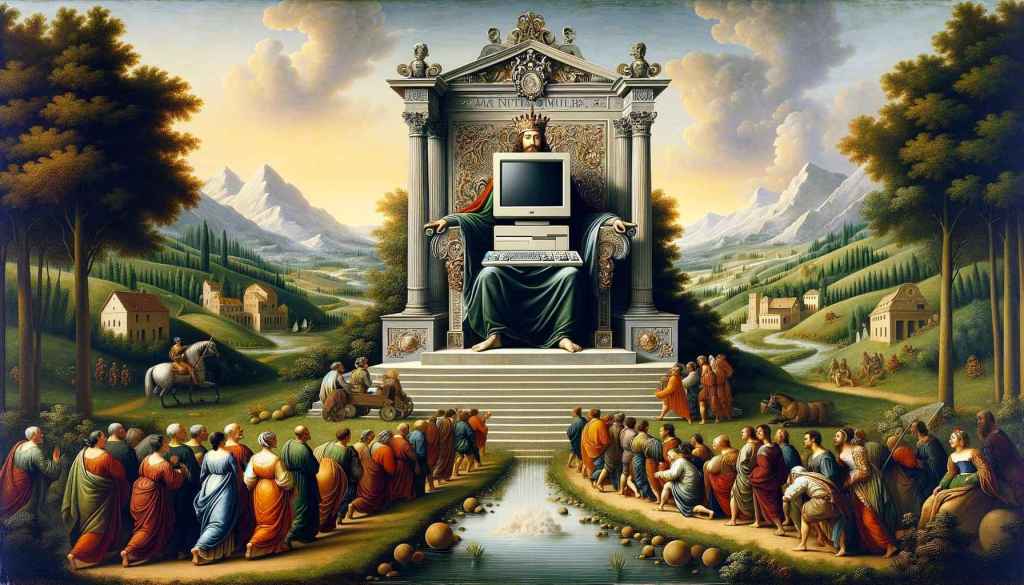Drupal 7 New Features
Drupal is a free software package that allows anyone to easily publish, manage and organize a wide variety of content on a website. Hundred thousands of people and organizations are using Drupal to power an endless variety of sites.
The latest weapon in the Drupals arsenal is the Drupal version 7. Drupal has come up with a exciting new backend and user interface that will have a jaw dropping effect on the users.
Here are a few features that make Drupal 7 better than its predecessors:
Setup:
Install profiles
Installing Drupal is still a simple process. The setup now includes 2 install profiles: one for a ready-to-go installation that enables most modules and lets you dive right into the action. The other profile is a minimal installation that only enables a few core modules and is geared towards people who wants to develop their own site from the ground up.
Administrating:
Admin menus and overlays
An immense effort was made to improve the Drupal administrative front end. In Drupal 7 you will notice a bunch of new useful features and many key differences in how your site works. At the top there is now a content menu with administative links. This menu is “stuck” to the top of the page and will move when scrolling. Admin links now display in an overlay over your main site. This feature helps separate your actual site from the admin sections and allows access to admin functions without ever having to navigate away from your currently loaded page.
Information architecture
Previous versions of Drupal contained ambiguous categorization for various tasks. Modules had a tendency to install themselves into various arbitrary categories which made configuration a confusing mess. This categorization has been improved so each task goes into a clear, accurate category like “content,” “appearance,” “people,” etc. Hopefully this will help you find what you need more easily and aid in reducing the number of clicks you need to get from one task to another.
Dashboards and shortcuts
Dashboards are a new feature to Drupal 7. They are are fully configurable set of blocks that present various bits of pertinent info to the user such as the last 10 pieces of submitted content, lists of new or online users, and management links. Each user can tweak their own dashboard as they see fit so they have a one-stop overlay of any site information they desire. Shortcuts are simple commonly visited links that users can pin to the top menu (and also to the dashboard). On big, multi-admin sites its usefulness really comes into play if you have various admins that concertrate on specific parts of the site.
Content creation and editing
The new overlay system makes editing a breeze. All blocks and content can now be edited and saved in place. Those of you that used the “vertical tabs” module for previous versions will love the new Drupal default behavior of dealing with content options. Instead of endless lists of collapsible (or non-collapsible) fieldsets, all options are now tabbed for quick access. A similar set of options applies to block edit overlays as well.
Design and Development:
CCK Fields
Drupal’s powerful content construction kit has finally been upgraded to a core module. CCK (now simply called “Fields”) allows you to attach various pieces of information to a content type. You can then use pieces in your themes to do things like display an image or video, create a list of footnotes, or allow for different types of summary text for different pages of your site. Integration into core means that now every input box are treated in the same manner (where as before, some fields were CCK and some were not and thus had different display variables). This should make things remarkably easier for themers.
Regions
Previously, Drupal contained some features that were hard coded into design templates. Things like system messages and errors, help text, and even the main body content of the page were immobile in a template. Thankfully, version 7 now allows your site admins to move these pieces around just like you would with blocks. This is achieved via the block layout page.
Module settings
Older installations of Drupal didn’t have hard rules regarding module settings or menu placements. Often times you had to do quite a bit of searching just to find the settings page for your modules, even frustratingly to find out that no settings page even existed. Thankfully, now all module settings, permissions, and help files can be accessed directly from the module list page.
Upgrades and module installation
Could this be the last time you’ll have to use FTP? Drupal 7 allows updating of existing modules directly from your web interface and now you can install new modules from your admin section as well. Current settings allow for 2 options: input for the file URL (like from drupal.org), and also uploading from your computer hard drive.
We’re pretty excited about all the new great features and improvements in this release of Drupal. You can read all the up to date news about Drupal 7 and its development community at Drupal’s website.










